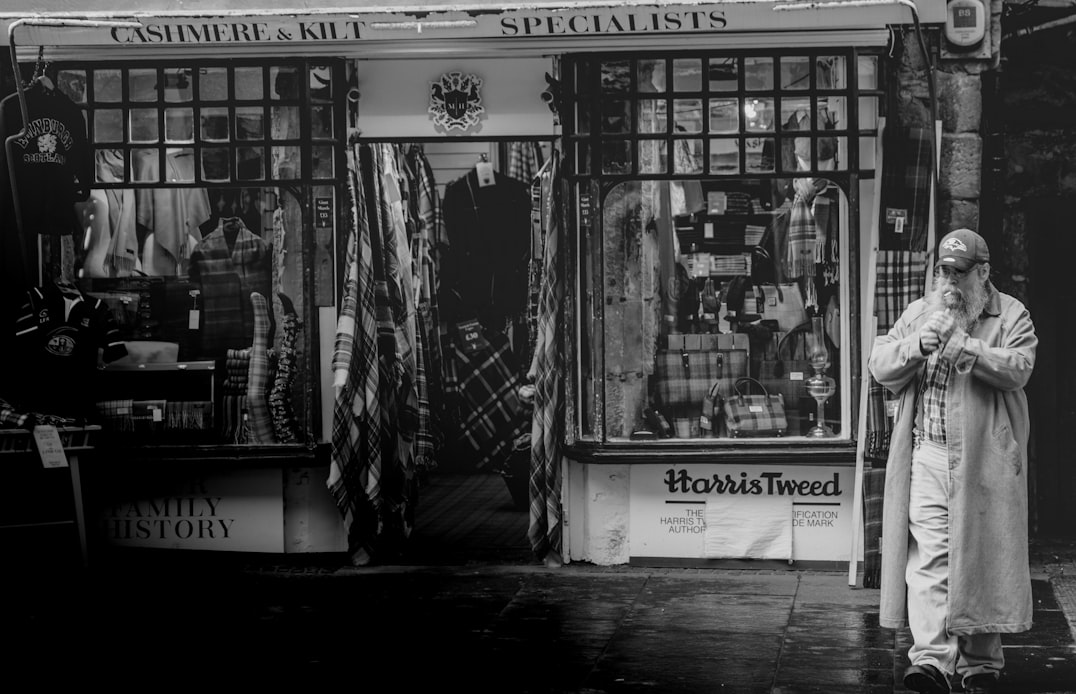Be it a sweater, scarf, cardigan, or pair of socks, we definitely love cashmere. To wax poetic, cashmere's luxurious softness is like an angel's kiss on the skin, and the warmth is gives is just like a lover's much-needed hug during cold days. It may be a bit more expensive than your regular fall and winter wardrobe but the cozy feeling it imparts is definitely worth every penny. For every woman out there, cashmere is definitely a must have!
Captivating Cashmere: What You Need To Know | Sewing Secrets
Why does cashmere come with the high price tag?
Tim Gunn lists cashmere as a woman's essential wardrobe piece. However, cashmere is so expensive that I had to beg my husband to buy me a Burberry cashmere scarf one time long ago as a Christmas gift. Ten years later, I have added more cashmere to my collection but my first Burberry cashmere is still my favorite piece which I only use on special occasions. It was definitely worth every penny paid for it. And it still looks great–another definite plus for cashmere. It's so durable.
During my gap year, I was backpacking through Southeast Asia and was in Siem Reap to see Angkor Wat. Every time I come out into my hotel's lobby, a good-looking man about my age who at that time I thought of an Indian or Arabic descent would always greet me. On the third day of my stay in the hotel, I finally smiled and greeted him back. We started to talk and he told me he was from Kashmir. And I was like, “Is that where cashmere comes from?” He laughed at me and proceeded to tell me that cashmere is the archaic spelling of Kashmir. He also told me that yes, cashmere's production originated from this area. The wool comes from the soft and fine undercoat of cashmere goats. He then proceeded to tell me about why is such a prized commodity. That was when my love story with cashmere began.
So, why do products with “100% cashmere” labels on them come at a hefty price?
1. Production process
The production of cashmere is labor intensive and time consuming. Fiber processing starts only during spring when the cashmere goats shed their hair. This involves shearing of the goat, manual combing and individual sorting of the cashmere hair. The fiber collected is cleaned and washed. The cleaning process includes getting rid of coarse hair and impurities from the harvested cashmere. Once thoroughly washed, you'll only retain a third of the quantity you initially harvested. These are then spun and woven to make the finest garments. The weaving is also not an easy task because of the short length of the wool. In fact, it's the hardest yarn to weave.
2. Hot in the Market
Cashmere is a luxury product and its selling power lies in its high demand but limited supply. This is what drives the price up.
A cashmere goat produces only 4 ounces of hair each year. It takes two or more goats to make one high-quality two-ply cashmere sweater. This makes the production of cashmere much lower than sheep wool, which also explains its limited supply.
3. Season-specific
There is a limited time to shear a cashmere goat's wool. It only happens once a year during spring when their hair molts. Because of this, the manufacturers would only offer their wool to the highest bidder.
4. High Logistics Cost
Kashmir goats are mostly raised in Mongolia, China, Pakistan, Iran, India, and Turkey, and then the raw material needs to be imported to the best processing plant in Europe. Logistics costs and import duties are added to its high price in the market through its process.
5. Excellent Quality
This fine wool has three different grades based on its softness. Grade A is the best because it is of the finest quality. This is the reason why it is most expensive. Grade B is thicker while Grade C is the coarsest and is sometimes not even considered as pure. These grades are not listed in the garment tag so you have to rely on your tactile abilities.
The best cashmere wool is said to come from the inner parts of Mongolia in the Gobi Desert. The winters here are harsh so the goats follow a limited diet. Because of these limitations, they are able to produce the finest hair used only in the highest quality garments sold by designers of the rich and famous.
6. Lighter but warmer than sheep's wool
Despite high-quality cashmere being lightweight compared to sheep's wool, it is actually eight times warmer.
8. Thicker is Pricier
The thicker the cashmere fabric is, the more expensive it becomes. This is because you require more of the material. The lighter, gauzy ones are naturally cheaper.
9. Paying Attention to Details
Detailed cashmere garments are pricier, but the seamless piece are also more expensive. Don't be surprised when the price rises for hand-knitted, embroidered, and embellished cashmere. What more when you buy a cashmere garment with complicated stitches like the cable or waffle?
10. Smaller Designers versus Mass Produced Items
When you are buying from an independent designer, you are getting exclusivity. You are supporting their cause. They are also investing in the local economy.
Follow the Cashmere Story to find out where every penny for your cashmere goes in this video.
Cashmere is an essential winter wardrobe accessory. It's also one of the most expensive and finest fabrics in the world.
Once we think about how expensive it is and the labor and time spent creating it, you will understand that cashmere is really an investment. It it is just right that we take care of it well so it will last longer.
Sew much fabric…sew little time! Need more thread? Click here.
Like this? Wait 'til you read this:
15 Types Of Clothing Fabrics You Should Know
